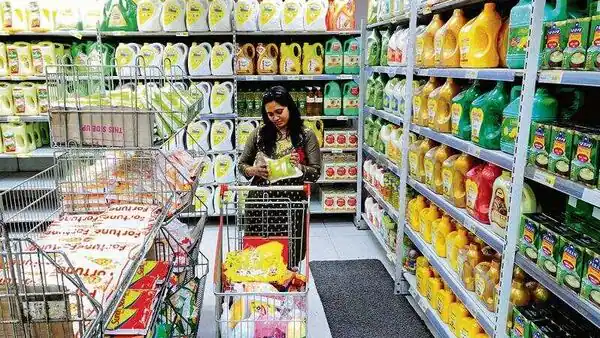Why olive oil is suddenly so expensive – and what to use instead

The soaring prices of olive oil, driven by climate change and diseases like the Xylella fastidiosa bacterium, have made this once-affordable cooking staple a luxury item. Spain’s prolonged droughts and heatwaves have severely impacted olive production, with global yields significantly reduced. As a result, consumers are turning to cheaper alternatives like sunflower oil, further fueling the crisis.
The last time I headed down the aisles of my local supermarket to replenish supplies of olive oil, I did an almost cartoonish double-take: I could practically feel my eyes jumping out on stalks as I saw prices in double figures. What was once a relatively affordable cooking essential now has a price tag more befitting, say, a bottle of wine. I’m not talking about high-end brands here, either, the ones with vaguely European names, couched in artisan-esque glass bottles. In mid-April, The Grocer found that the average price of one litre of own-label olive oil in the UK’s major supermarkets was £7.38 – that’s 42 per cent higher than one year ago. Just this week, olive oil was dethroned as Spain’s most popular oil, with shoppers turning to cheaper sunflower oil as an alternative.
It’s enough to make you start second-guessing yourself every time you pour a dash of it into a pan or drizzle some onto a salad, prompting furious and depressing calculations about the cost-per-pour. The product has even acquired a new nickname to reflect its exorbitant cost: “liquid gold”. And the situation is only going to get worse. It’s estimated that UK customers will soon have to pay more than £16 for a 2l bottle of extra virgin olive oil, the healthiest, least processed and therefore priciest member of the olive oil family. Miguel Angel Guzman, the chief sales officer at leading olive oil producer Deoleo, recently told CNBC that they are “facing one of the most difficult moments in the history of the sector”.
But why is the industry in such dire straits? Unlike other supermarket price hikes, the olive oil crisis can’t simply be blamed on inflation. Producers are grappling with major supply and demand issues. This year, the International Olive Council expects that just under 2.3 million tonnes of olives will be produced – slightly down from last year’s yield of 2.5 million tonnes, and significantly lower than the 3.4 million tonnes produced in 2022. This significant decrease is largely thanks to climate change.
A few consecutive years of high temperatures and droughts in Spain, the country responsible for producing 40 per cent of the world’s olives, have drastically curtailed the quantity and the quality of the harvest. Unusually warm stretches of weather in winter are bad for olive trees: the higher temperatures can prompt them to start flowering and if the mercury subsequently drops to a more normal level, these premature blooms might die off. Spring heatwaves, like the one Spain experienced last May, can be damaging too. “If the weather doesn’t change, olive oil prices will continue to rise,” Juan Vilar, the CEO of agricultural consultancy Vilcon, told industry bible Olive Oil Times in February.
Last year, olives from Greece and Turkey were used to make up the shortfall, but now their trees need to recover from this bumper harvest: production in the former country is expected to drop by as much as 60 per cent in 2024. And as for Italy, another major player in the olive oil game? For the past decade, trees in Puglia (the heart of the country’s olive production) and beyond have been ravaged by the Xylella fastidiosa bacterium. This clogs up the vessels that transport water from the roots to the leaves and essentially chokes plants to death.
Source Link : https://www.independent.co.uk/life-style/food-and-drink/olive-oil-price-expensive-alternative-b2600707.html















